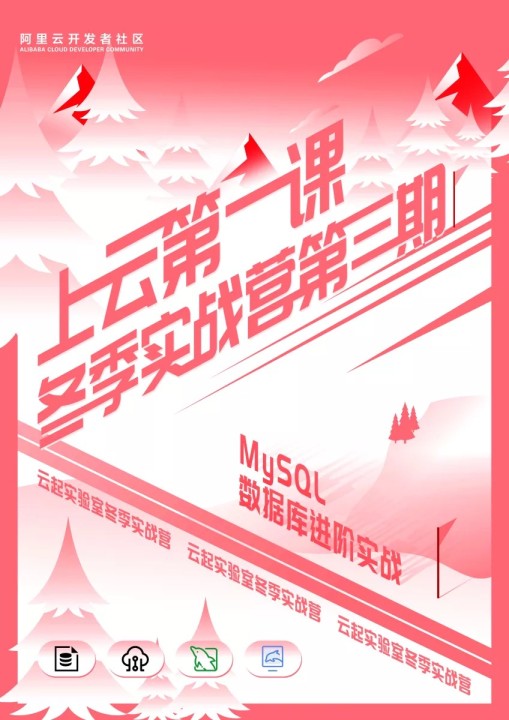
如何获取本地instance的InstanceID和InstanceName
我的程序运行在aliyun instance上,那么程序如何获取该instance的InstanceID和InstanceName呢?
-
查看实例名时可用 1、服务—SQL Server(实例名),默认实例为(MSSQLSERVER) 或在连接企业管理时-查看本地实例 2、通过注册表 HKEY_LOCAL_MACHINE/SOFTWARE/Microsoft/Microsoft SQL Server/InstalledInstance 3、用命令 sqlcmd/osql sqlcmd -L sqlcmd -Lc osql -L 获取可用实例,以下举一个例子,根据自己情况改 DECLARE @Table TABLE ( instanceName sysname NULL) insert @Table EXEC sys.xp_cmdshell 'sqlcmd -Lc' --LEFT(@@serverName,CHARINDEX('/',@@serverName+'/')-1) 替代为本机名就行了 , 根据实例命名规则判断 SELECT * FROM @Table WHERE instanceName LIKE LEFT( @@serverName , CHARINDEX ( '/' , @@serverName + '/' )- 1)+ '%' 二、 --1. SELECT SERVERPROPERTY('InstanceName') --2 sp_helpserver --3 select @@SERVERNAME --4 SELECT * FROM SYS.SYSSERVERS --5 SELECT * FROM SYS.SERVERS 三、 EXECUTE xp_regread @rootkey='HKEY_LOCAL_MACHINE', @key='SOFTWARE/Microsoft/Microsoft SQL Server/Instance Names/SQl', @value_name='MSSQLSERVER' 四、 Select Case When SERVERPROPERTY ('InstanceName') Is Null Then @@SERVERNAME Else SERVERPROPERTY ('InstanceName') End 五、在本地或网络得到所有实例名 1、You can do with registry reading , like my code using System; using Microsoft.Win32; namespace SMOTest { class Program { static void Main() { RegistryKey rk = Registry.LocalMachine.OpenSubKey(@"SOFTWARE/Microsoft/Microsoft SQL Server"); String[] instances = (String[])rk.GetValue("InstalledInstances"); if (instances.Length > 0) { foreach (String element in instances) { if (element == "MSSQLSERVER") Console.WriteLine(System.Environment.MachineName); else Console.WriteLine(System.Environment.MachineName + @"/" + element); } } } } } 2、You can use SQLDMO.dll to retrieve the list of SQL Server instances. The SQLDMO.dll can be found from the "C:/Program Files/Microsoft SQL Server/80/Tools/Bin" folder. Refer this assembly in your project and the following snippet would return a List Object containing the sql server instances. public static List GetSQLServerInstances() { NameList sqlNameList = null; Application app = null; var sqlServers = new List(); try { app = new ApplicationClass(); sqlNameList = app.ListAvailableSQLServers(); foreach (string sqlServer in sqlNameList) sqlServers.Add(sqlServer); } catch(Exception ex) { //play with the exception. } finally { if (sqlNameList != null) sqlNameList = null; if (app != null) app = null; } return sqlServers; }
答案来源于网络
2019-09-30 14:32:42赞同 展开评论 打赏
版权声明:本文内容由阿里云实名注册用户自发贡献,版权归原作者所有,阿里云开发者社区不拥有其著作权,亦不承担相应法律责任。具体规则请查看《阿里云开发者社区用户服务协议》和《阿里云开发者社区知识产权保护指引》。如果您发现本社区中有涉嫌抄袭的内容,填写侵权投诉表单进行举报,一经查实,本社区将立刻删除涉嫌侵权内容。






